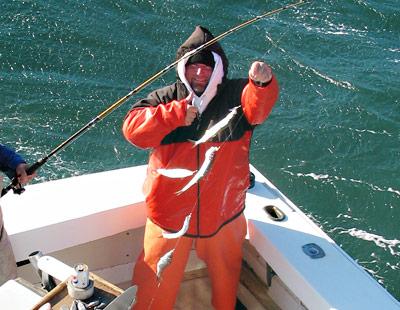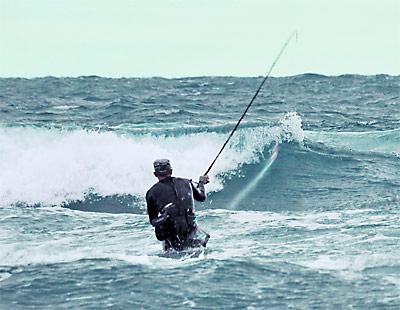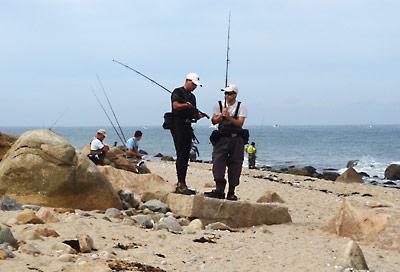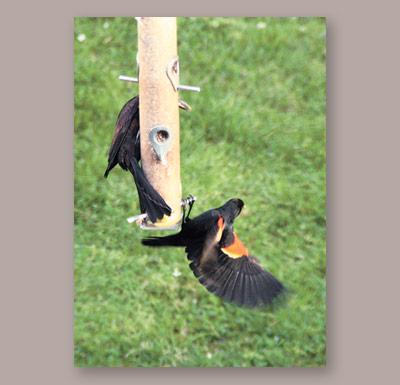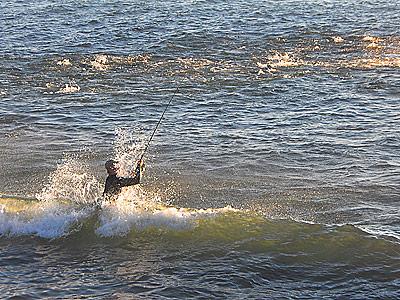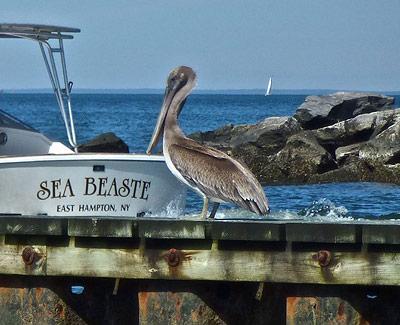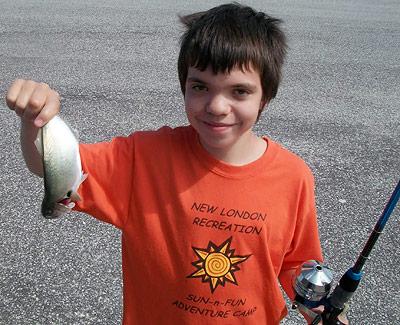Nature Notes: November Song
Nature Notes: November Song
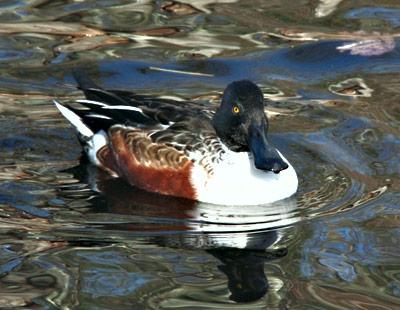
Leaves. We can’t live without them; some of us can’t live with them, particularly so after they’ve all fallen and coated every inch of landscape as well as roofs, driveways, swimming pools, and other non-vegetated surfaces. On most of the South Fork it was not such a big year for acorns, but it was a great year for leaves. As of Tuesday morning, oak leaves were still falling in dribs and drabs, and that was because there were only dribs and drabs left on the trees, at least that was the case in Noyac, where I live.
Montauk never recovered from the late-August passing of Irene. Hither Woods on both sides of Route 27 was 50 percent drab from September on. Napeague, in the hamlet of Amagansett, suffered a similar fate. Very little in the way of color, save for the yellowing of the pitch pine needles. Drab, drab, drab.
North of the highway in the rest of East Hampton Town was a different story. The Stony Hill mixed hardwood forest was pleasingly colorful right through Election Day, while the pine hardwood trees of Northwest were still resplendent on the weekend. On a scale of 1 to 10, I gave Northwest leaf color a 9.5 at its peak this year. Swamp Road, Two Holes of Water Road, and Old Northwest Road offered the greatest show of reds, oranges, and yellows. Even the woods along Route 114, which had taken such a beating in past years from gypsy moths and cankerworms, were showy this fall.
While New England had its usual fanciful fall coloration, one didn’t have to leave Long Island to find vibrant fall foliage. One simply had to walk, bike, or drive down a local road or two to realize the meaning of fall and the turn of the seasons. The West Coast has the Pacific Ocean and miles and miles of redwoods and grasslands dotted with live oaks, but the fall is not so different from the spring. What would happen if climate change brought us 20 straight years of Mediterranean weather, in which summer turned abruptly to winter without a soothing intervening fall? A lot of us would move away.
Isaac Newton may have based his theory of gravity on a dropping apple, but he could just as well have based it on the British Isles’ falling autumn leaves. They were falling on my house and around it in droves over the weekend. On Friday morning the leaves were coming down around the house at a rate of two per minute, the oaks still had 75 percent of their leaves. By Saturday noon the leaf-fall rate had picked up to 21.5 per minute or 31,000 per 24-hour day, while on Sunday noon, only a leaf or two were left. No wonder that on Tuesday morning they were falling at an average rate of only half a leaf per minute. The five large oak trees on my sixth of an acre lot were already 95 percent bare.
Who other than Mr. Newton or Galileo, perhaps Roger Williams, maybe Kurt Weill and Maxwell Anderson, would spend time watching leaves fall, from September on? In California they don’t play those songs.

